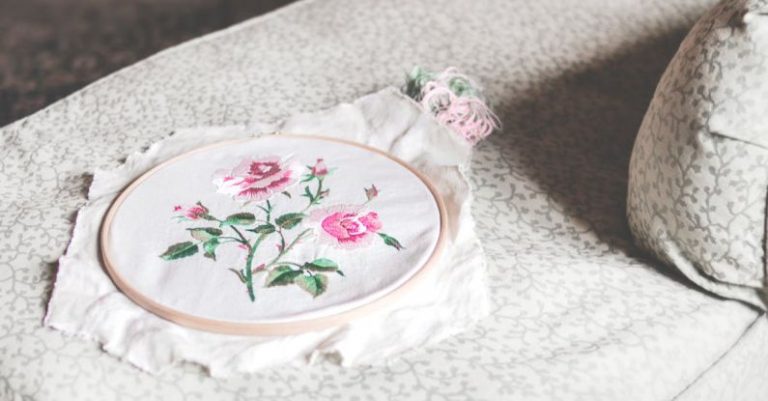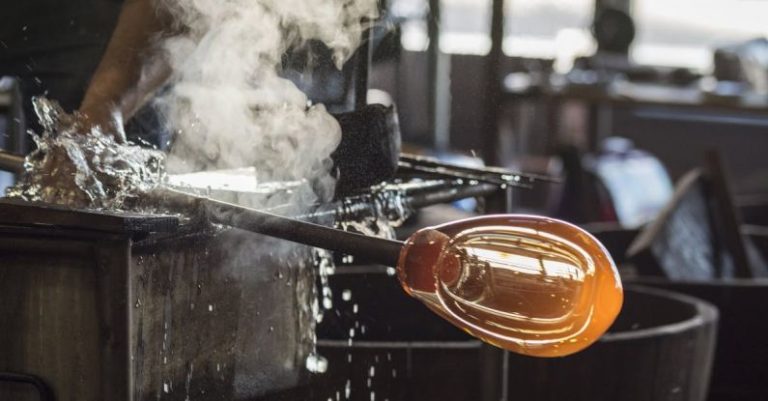Which Techniques Are Essential for Effective Wood Carving?

Wood carving is a time-honored craft that requires skill, precision, and creativity. Whether you are a beginner or an experienced woodworker, mastering the essential techniques of wood carving is crucial for creating beautiful and intricate pieces of art. In this article, we will explore the key techniques that are essential for effective wood carving.
Choosing the Right Wood
The first step in wood carving is selecting the right type of wood for your project. Different types of wood have varying hardness, grain patterns, and textures, which can affect the carving process and the final outcome of your piece. Softwoods like pine and cedar are easier to carve and are ideal for beginners, while hardwoods such as oak and cherry are more challenging to work with but can result in more detailed and durable carvings.
Understanding Grain Direction
One of the most important techniques in wood carving is understanding and working with the grain direction of the wood. The grain direction refers to the orientation of the wood fibers in relation to the surface of the wood. Carving against the grain can result in splintering and chipping, while carving with the grain allows for smoother cuts and finer details. It is essential to pay attention to the grain direction and adjust your carving strokes accordingly to achieve the desired results.
Sharpening and Maintaining Tools
Sharp tools are essential for precise and clean wood carving. Keeping your carving tools sharp and well-maintained is crucial for achieving smooth cuts and preventing accidents. Regularly sharpening your tools using a sharpening stone or a honing strop will ensure that they remain in optimal condition for carving. Additionally, properly storing your tools in a dry and clean environment can help prevent rust and damage, prolonging their lifespan.
Mastering Basic Carving Techniques
Mastering basic carving techniques is essential for developing your wood carving skills. These techniques include chip carving, relief carving, and carving in the round. Chip carving involves removing small chips of wood to create intricate designs, while relief carving involves carving designs into a flat surface to create depth and dimension. Carving in the round involves creating three-dimensional objects by carving all sides of the wood block. Practicing and honing these basic techniques will help you build a strong foundation for more advanced carving projects.
Using Proper Carving Strokes
Using the right carving strokes is crucial for achieving clean and precise cuts in wood carving. Different carving strokes, such as push cuts, stop cuts, and slicing cuts, are used to create different effects and details in your carving. Push cuts involve pushing the blade away from you to remove wood, while stop cuts are used to define boundaries and create sharp edges. Slicing cuts are made by pulling the blade towards you in a slicing motion, resulting in smooth and controlled cuts. Experimenting with different carving strokes and understanding their effects will help you enhance your carving skills and create intricate designs.
Adding Texture and Detail
Adding texture and detail to your wood carvings can elevate your pieces and make them more visually appealing. Techniques such as stippling, veining, and undercutting can be used to create different textures and patterns in your carvings. Stippling involves creating small dots or marks on the surface of the wood to add depth and texture, while veining is used to create delicate lines and patterns. Undercutting involves removing wood from underneath a surface to create shadows and highlights, adding dimension to your carving. Experimenting with these texture and detail techniques can help you bring your wood carvings to life and make them more engaging to viewers.
Maintaining Patience and Persistence
Wood carving is a craft that requires patience, persistence, and dedication. Mastering the essential techniques of wood carving takes time and practice, and it is important to be patient with yourself as you learn and improve your skills. Celebrate your progress and learn from your mistakes, and remember that every carving project is an opportunity to grow and develop as a woodworker. By maintaining patience and persistence, you can continue to hone your skills and create stunning wood carvings that showcase your talent and creativity.
Incorporating Personal Style and Creativity
While mastering the essential techniques of wood carving is important, it is equally essential to incorporate your personal style and creativity into your carving projects. Experimenting with different carving techniques, exploring new design ideas, and pushing the boundaries of traditional wood carving can help you develop a unique artistic voice and create pieces that reflect your individuality. Embrace your creativity, take risks, and let your imagination guide you as you carve intricate and meaningful works of art.
Embracing Continuous Learning and Improvement
Wood carving is a craft that offers endless opportunities for learning and growth. Embrace a mindset of continuous learning and improvement, and seek out opportunities to expand your knowledge and skills in wood carving. Attend workshops, read books and articles, watch tutorials, and connect with other woodworkers to exchange ideas and techniques. By staying curious, open-minded, and dedicated to your craft, you can continue to evolve as a wood carver and create increasingly sophisticated and captivating pieces of art.
Conclusion:
In conclusion, mastering the essential techniques of wood carving is essential for creating beautiful and intricate pieces of art. By choosing the right wood, understanding grain direction, sharpening and maintaining tools, mastering basic carving techniques, using proper carving strokes, adding texture and detail, maintaining patience and persistence, incorporating personal style and creativity, and embracing continuous learning and improvement, you can enhance your wood carving skills and create stunning works of art that showcase your talent and passion for the craft. Wood carving is a rewarding and fulfilling pursuit that offers endless opportunities for creativity, expression, and growth. So pick up your carving tools, unleash your imagination, and start carving your masterpiece today.





